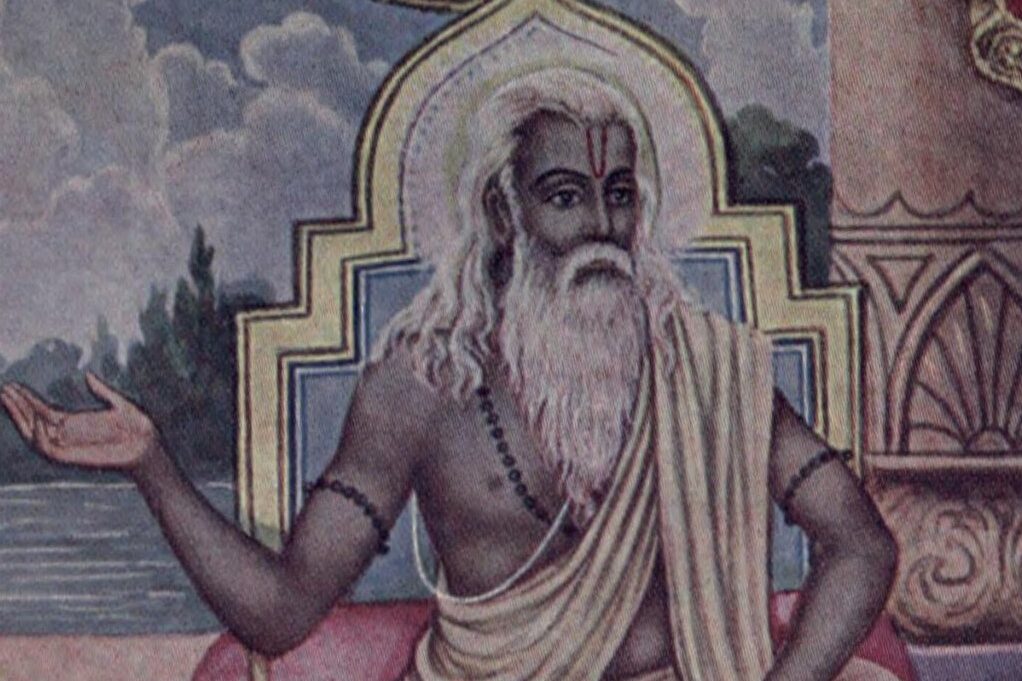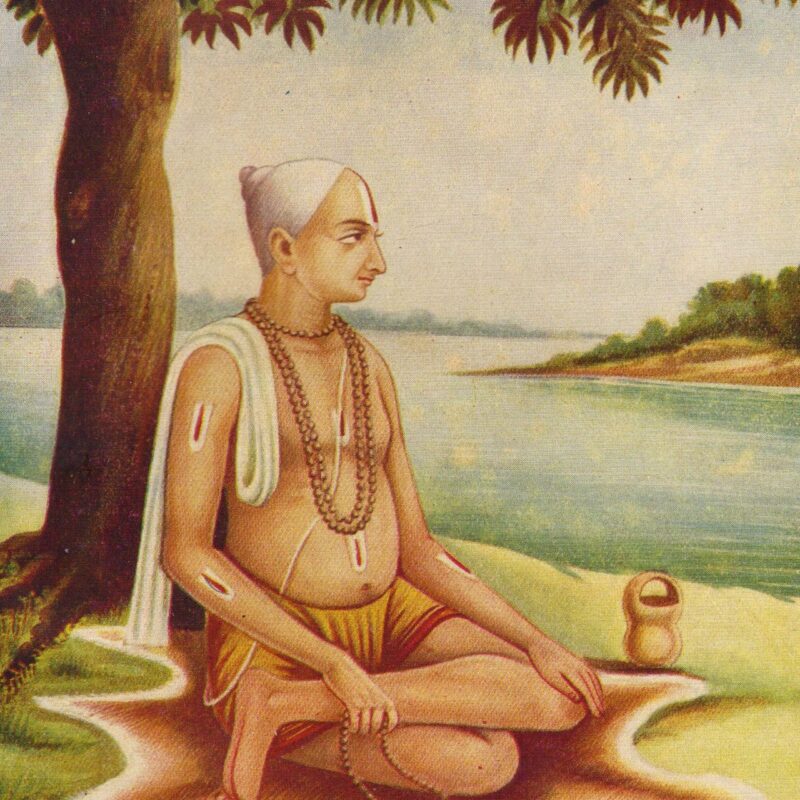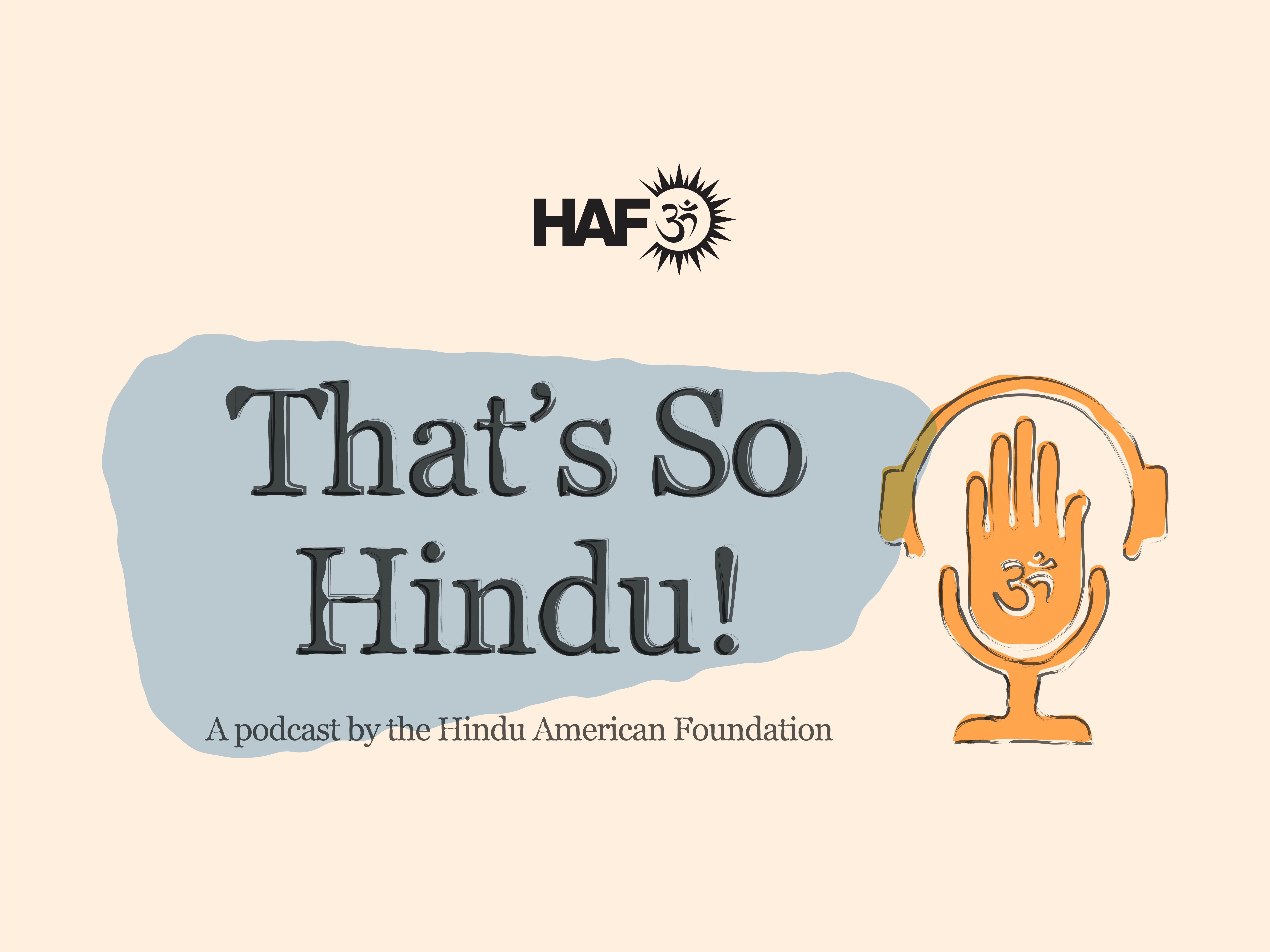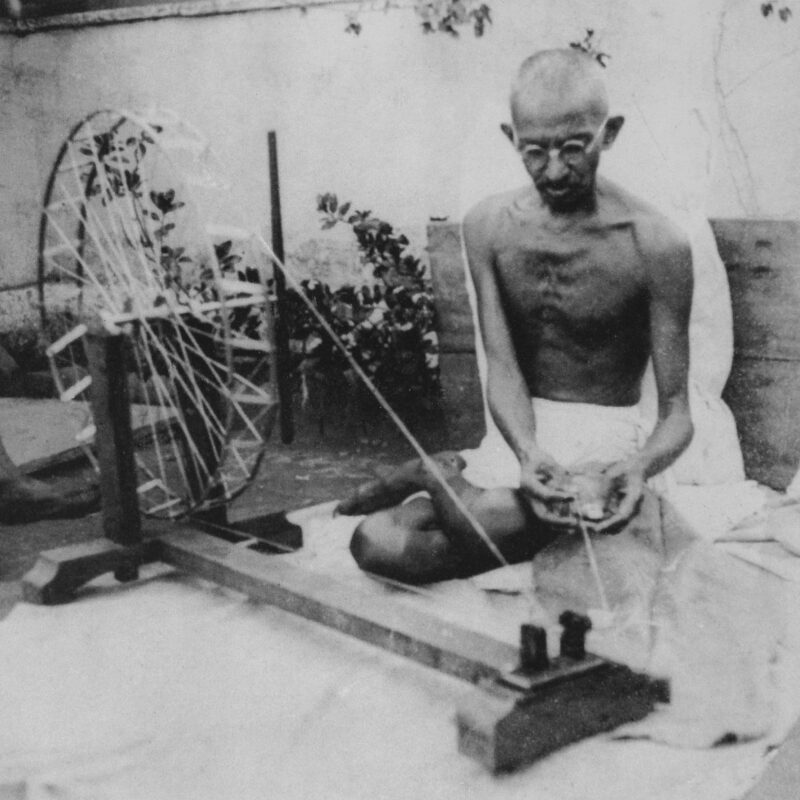
Guru Purnima, the day to pay respects to the guru, is July 3 this year.
Celebrated on a full moon day during the month of Ashadha, as per the Hindu lunar calendar, Guru Purnima is primarily observed by Buddhists, Jains, and Hindus.
Buddhists honor Lord Buddha who, on this day, is believed to have delivered his first sermon at Sarnath, Uttar Pradesh, after attaining enlightenment under the Bodhi tree in the village of Bodhgaya. Jains acknowledge it as the day Mahavira, the 24th Tirthankara — a spiritual teacher who has conquered the cycle of death and rebirth — made his first follower, Gautam Swami. And Hindus commemorate Guru Purnima as the birthday of the great Sage Vyasa, the compiler of the Vedic literatures.
Whether or not you’re a follower of one of these traditions, Guru Purnima can be recognized by any who wish to express gratitude to a teacher who has enlightened them in some way or another. It is about understanding and appreciating those who have come before us, and how the knowledge we are benefitting from now is due to their efforts. Spiritual cultures place a special emphasis on the guru, because it is through their knowledge and experience with the transcendent that one can connect to the Absolute and attain liberation.
Guru, a paradoxical term derived from the Sanskrit roots “gu” (darkness) and “ru” (light), translates as the “remover of darkness.” Hindu philosophy describes the “darkness” as ignorance, which can be dispelled by a guru who holds the torch of spiritual knowledge and experience. This knowledge relieves one of material miseries, illuminating the path towards selflessness and lasting happiness. The Vedas exclaim we should always feel indebted to the guru, or spiritual master, for the mercy they display by shining this light.
True appreciation is multilayered and means offering respect to one’s personal guru, the guru’s predecessors, and all of the guru’s followers.
The presence of a personal guru is often extolled as irreplaceable. Though spiritual knowledge is readily available through books, a bonafide spiritual master is considered to be the living representative of that knowledge. A genuine guru is an acharya, one who leads by example.
Even after passing away, the spiritual master lives on through his or her instructions. By endeavoring to follow these instructions, the disciple can forever stay connected to the guru.
Glorifying the spiritual master inherently entails glorifying the spiritual master’s predecessors as well. A sacred lineage of teachers and disciples, known as parampara, is vital in maintaining the authenticity of spiritual knowledge as it is passed down throughout the ages.
Srila Visvanatha Cakravarti Thakura, a 17th-century acharya in the Gaudiya Vaishnava tradition in which followers practice the yoga of devotion or bhakti, compares the parampara system to a mango tree.
To attain a ripe mango from the top of a tree, a different person climbs onto each branch leading up to the fruit. The person at the top picks the mango, and then carefully passes it down to the person under him or her. Each person continues to pass it down until it reaches whoever is on the ground. If done properly, the mango would have been in the same perfect condition it was when it was first picked off of the tree. As each person who helped deliver the fruit should be shown gratitude, each acharya who helped deliver the perfect fruit of spiritual knowledge should also be shown gratitude.
The guru’s other disciples deserve similar recognition because they provide the invaluable association that enriches our spiritual lives. Each peer is unique, and has something of value that can be taught.
Because Divinity is in all of creation, in fact, we can actually learn from everyone and everything. Even in nature, strength can be taught by the mountains, which endure the strongest of storms; humility can be taught by a blade of grass, which bends to the will of its environment; tolerance can be taught by a tree, which does not protest to its leaves being pulled, its branches being cut, or its trunk being chopped.
It’s important to remember the mercy flowing from the Absolute is not fixed or rigid. It can manifest itself in many different ways through many different people, and we must learn to become more and more open to it.
Guru Purnima is traditionally celebrated by performing puja and offering prayers to guru and God, with some even choosing to fast the entire day. The holiday, like many in the Hindu tradition, is celebrated in multiple ways. Most broadly, it is about making a conscious effort to appreciate and recognize the teachers of our past, present, and future. For it is through their grace we can hope to eventually cross over the great ocean of ignorance.








































